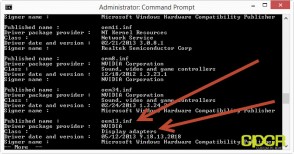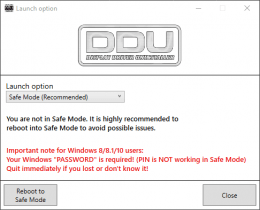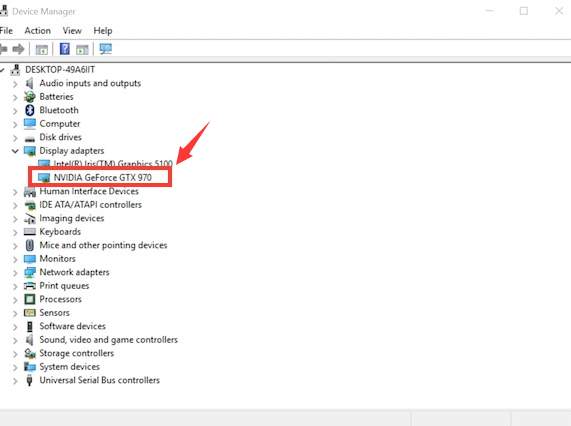
Selecting this will open up a new window which features a breakdown of your system. Search for “Device Manager” in your Windows 10 search bar. Uninstalling the old drivers is so easy that you might as well do it to be safe. It’s technically possible to skip this stage, but that can sometimes lead to issues when installing the new card. Step two: Uninstall old driversīefore you start plugging in your new graphics card, it’s worth uninstalling the drivers of your current GPU. Bear in mind that you need to consider the total power consumption of your computer (CPU, RAM, motherboard etc.) rather than just your GPU when balancing it with the wattage of your power supply. You’ll also want to make sure your PSU is capable of powering your new graphics card.

Still, it’s something worth checking before advancing to the next steps.

If you’re using a full-sized motherboard and PC case though, then the size of the graphics card shouldn’t be an issue. If you’re using a Mini ATX and a compact PC case, you may not be able to fit some of the larger GPUs. Monstrously powerful models such as Nvidia’s RTX 2080 Ti are pretty chunky, and so take up a lot of room. The only thing you really should be concerned about is the size of the graphics card. Almost every motherboard currently available should feature this, so it shouldn’t really be an issue. Modern graphics cards plug into the PCI-E slot, which can be seen in the below image. Step one: Ensure your new graphics card fits inside your PCįirstly, you’ll want to be safe and make sure your new graphics card is compatible with your PC and will actually fit into your PC case. This quick summary should prove a useful checklist when integrating a new graphics card into your computer, but If you need more guidance, then we’ve also gone into more detail for each step below.



 0 kommentar(er)
0 kommentar(er)
